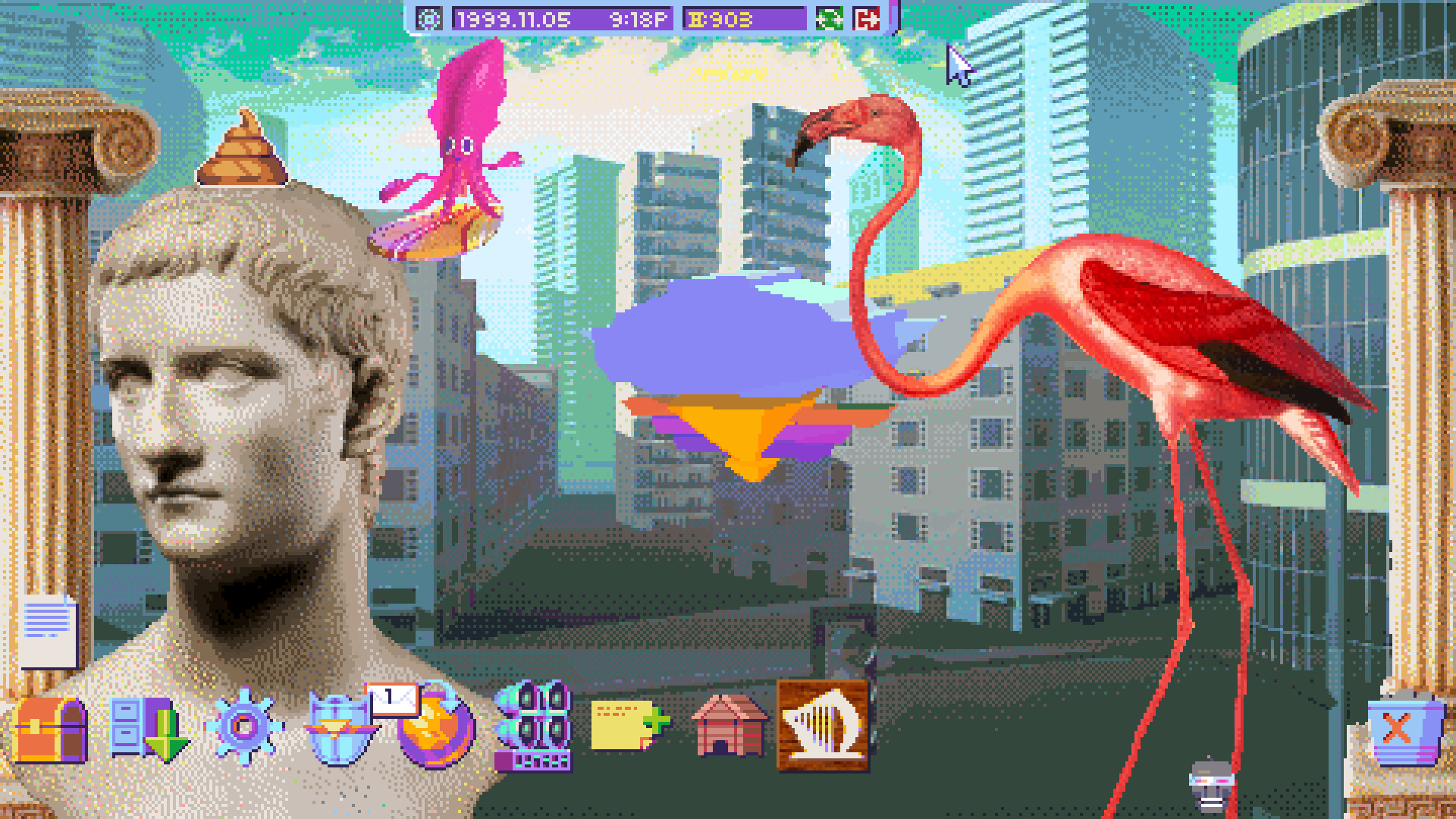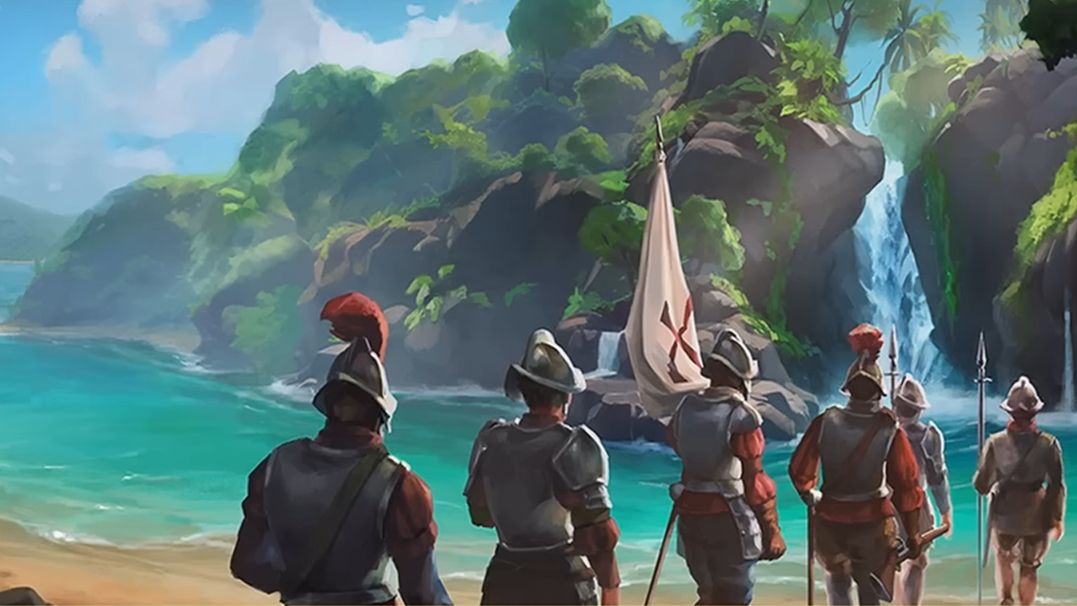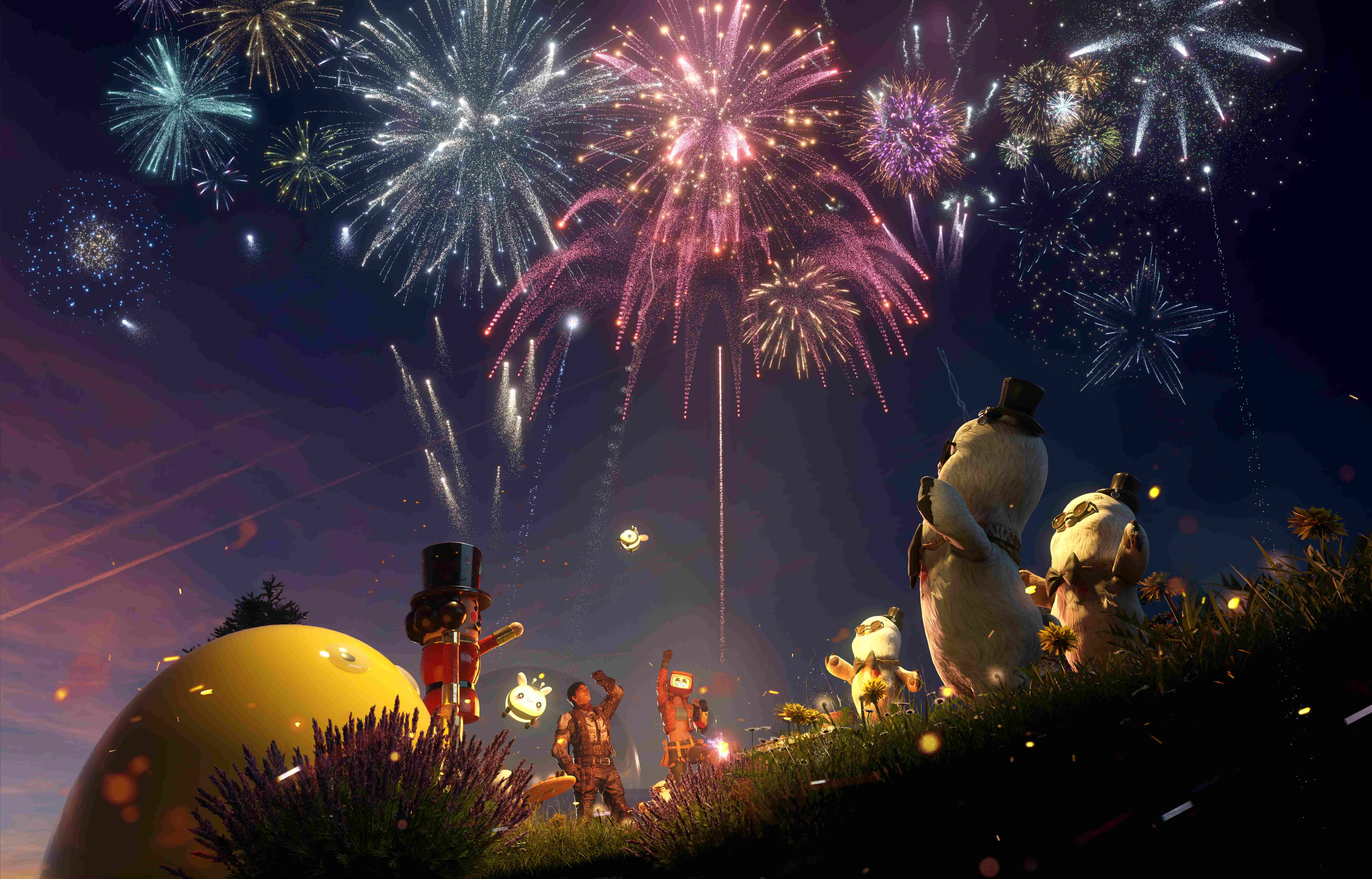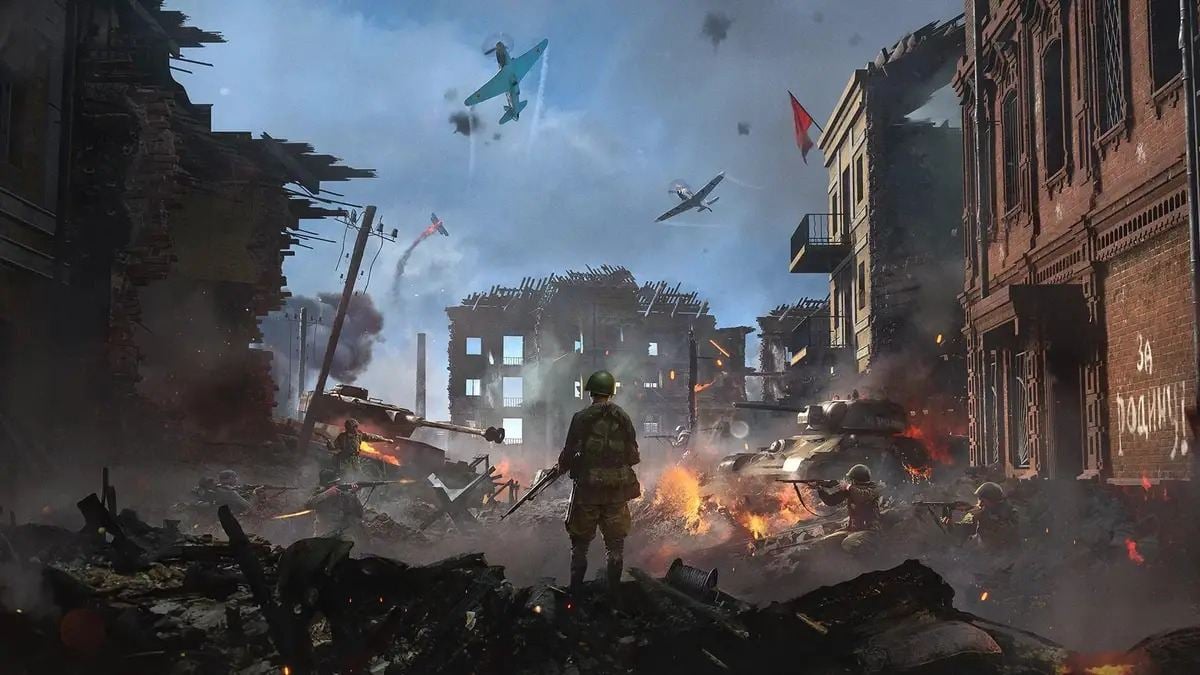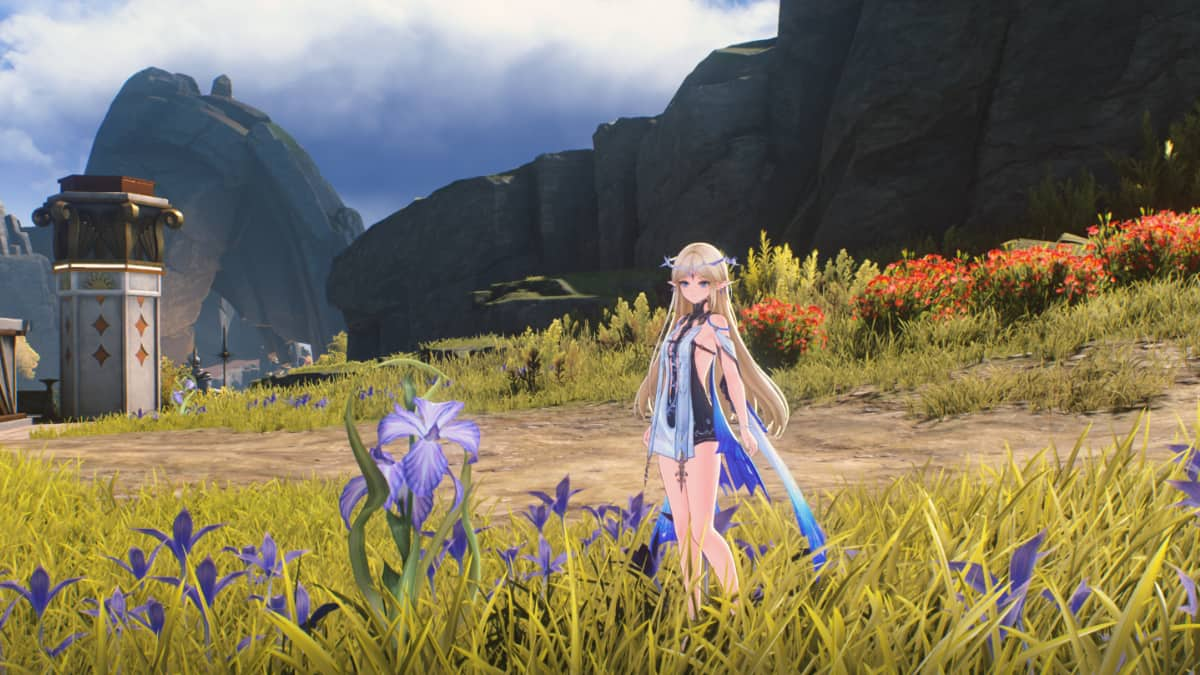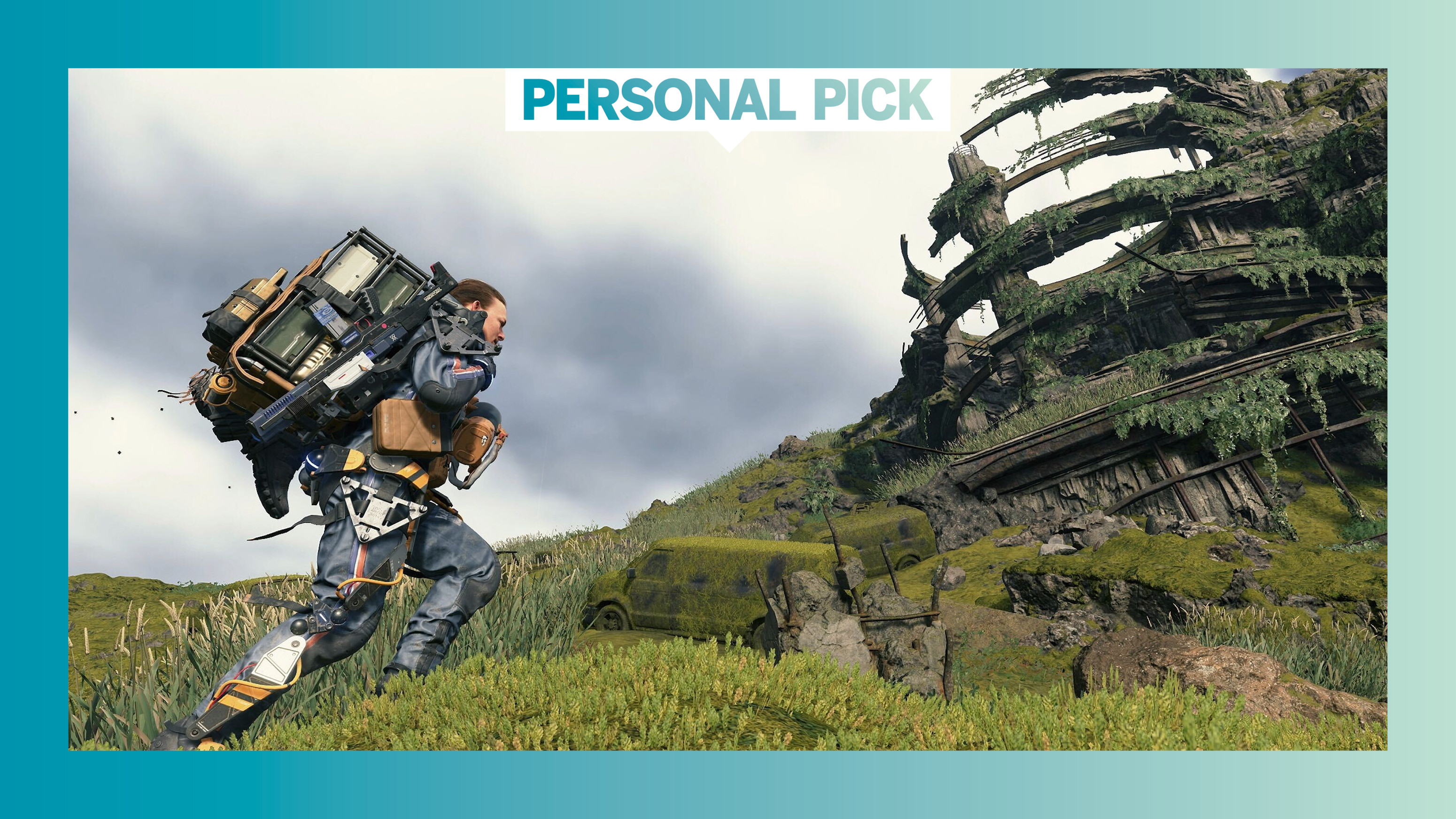
Million Dollar BB.
(Image credit: Future)
In addition to our main Game of the Year Awards 2022, each member of the PC Gamer team is shining a spotlight on a game they loved this year. We’ll post new personal picks, alongside our main awards, throughout the rest of the month.
Long gone are the days when I was so time-rich and game-poor that replaying videogames was a routine. But the excuse to return to Death Stranding this year, thanks to the Director’s Cut finding its way to Steam, was an opportunity I couldn’t pass up. After playing the original on PS4 I wanted to see all the PC shinies, and as a longtime Koj-fancier I knew the special editions of his games have never disappointed.
What I found was a game that hadn’t changed much. But the world around me had, and inexorably twisted my interpretation, sense, and feeling about the experience. It’s now impossible for anyone to play this game without the pandemic being some cosmic coincidence that underpins and informs it, and that triggered both self-reflection and nostalgia.
What surprised me even more was that I kept coming back. When you’ve played a game, and then years later return to that place, one of the most powerful impressions (this is probably quite damning of myself) is always how much I’ve forgotten. Particularly in the ones you knew you’d enjoyed, some small moment triggering a sense of where you’re going that is devoured down the chain with delight at the old synapses firing off once more.
There is something about Hideo Kojima’s games where, because of the blank cheques he can command and the reputation he’s now accrued, elements of them are taken for granted. The way Death Stranding uses music, and one band in particular, is the kind of thing where if a Ubisoft game pulled it off everyone would be going bananas: with Kojima Productions it’s taken for granted.
The band Low Roar provides the majority of songs in Death Stranding, and they veer between coherent songs about loneliness and determination, delicate acoustic numbers, and atmospheric mood pieces of distorted electronica. The way the band’s music fits into the world is another of those perfect coincidences. But even so, the way it’s used can take the breath away.
There’s an area in Death Stranding with a wind farm, and it’s one of the points where the game really puts you through the wringer. As well as navigating complex terrain filled with BTs, you have to deal with constant timefall eroding your kit, the demands and pressure sapping away at Sam and the player even as you push on. This is a long and demanding sequence and, at the end of it, as you finally see your destination in the distance, Low Roar’s “Anything You Need” begins to play.
One of the powers of music is to elevate the written word, such that something which can read as banal on the page becomes fraught with resonance. As you look on this vista with relief and begin the trek downwards, this song hits the oddest balance between who’s coming, going, giving, and taking. It was something I had to eke out, traversing at a deliberate pace to hear every second, think about this journey and how I felt: a moment burned in the memory.
Come in, come in, come in
Take anything you want from me
Come in, come in, come in
Take anything you need
Anything you need
So come in, come in, come in
Take anything you want from me
Come in, Come in, Come in
Take anything you need
Anything you need
Low Roar and the game are so intertwined, but 2022 brought tragedy: Ryan Karazija, the band’s frontman and driving force, died at the age of 40. Since playing the original game I’d ended up listening to the band’s catalogue and become a fan, and reading the news about Karazija made me melancholy and nostalgic.
This is baked into our psychology. When Bowie died I went back through all his albums over a few weeks. When a famous author dies, their books shoot to the top of the bestseller lists. When someone you know of is gone, even if you never connected personally, you feel drawn back towards whatever experience it was that made you care.
Death Stranding became a dawdling game for me. Greedy for more Low Roar than I knew the game would give, I’d play the albums as I just… walked around without a goal. The first time I played this game, I played it to finish it: picking up a few sidequests sure, but always looking to keep on keeping on. Now? Subquests are all I do, and sometimes I don’t even do those: I just go outside and build some stuff.
(Image credit: Photographer: Stabbo_Cangrejo)
I think about where I put some structures, crafting intricate little fantasies about how other players may use them, but I mainly do it for me. To turn back makes you feel mighty, setting up routes that could have saved you hours before and, when you’re in no rush, this landscape begins to form around your whims.
Hideo Kojima likes to talk about Death Stranding as “a strand game”, with various meanings to be twisted out of that. It’s now become something like that for me, a little strand itself through the last four years, one that I can’t quite stop trying to follow and unravel, a place I return to because of the unusual feelings it evokes.
That’s what this place is now. The game is still there in Death Stranding: Director’s Cut, and better than ever, but I’m less interested in it than the headspace this game takes me into. It makes me calm and meditative in the same way reading a book does. Now that I’m in no rush to get anywhere fast in Death Stranding’s world, it’s somewhere I want to hang out just for that feeling. I don’t play this game every day or even every month. But any time I end up thinking about it for any sustained period, just like my favourite places in real life, I somehow end up back there.
